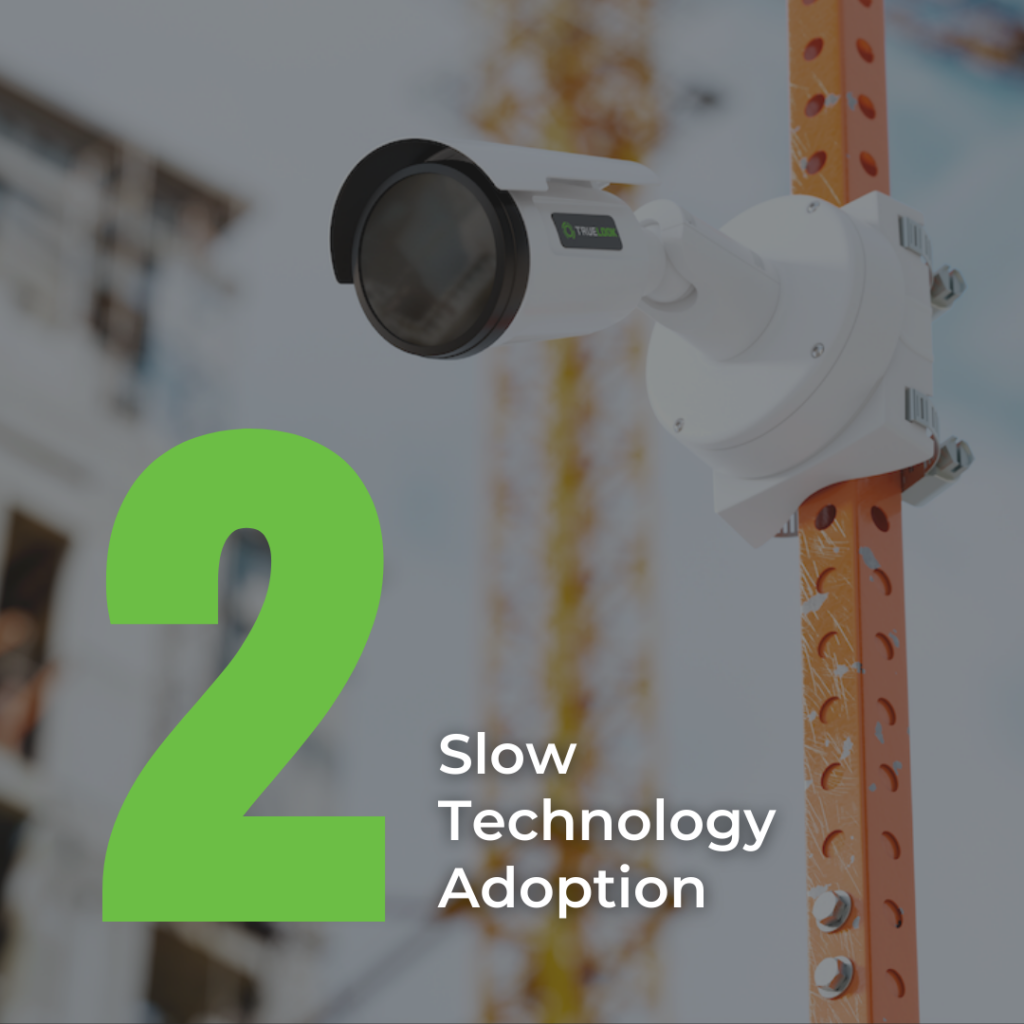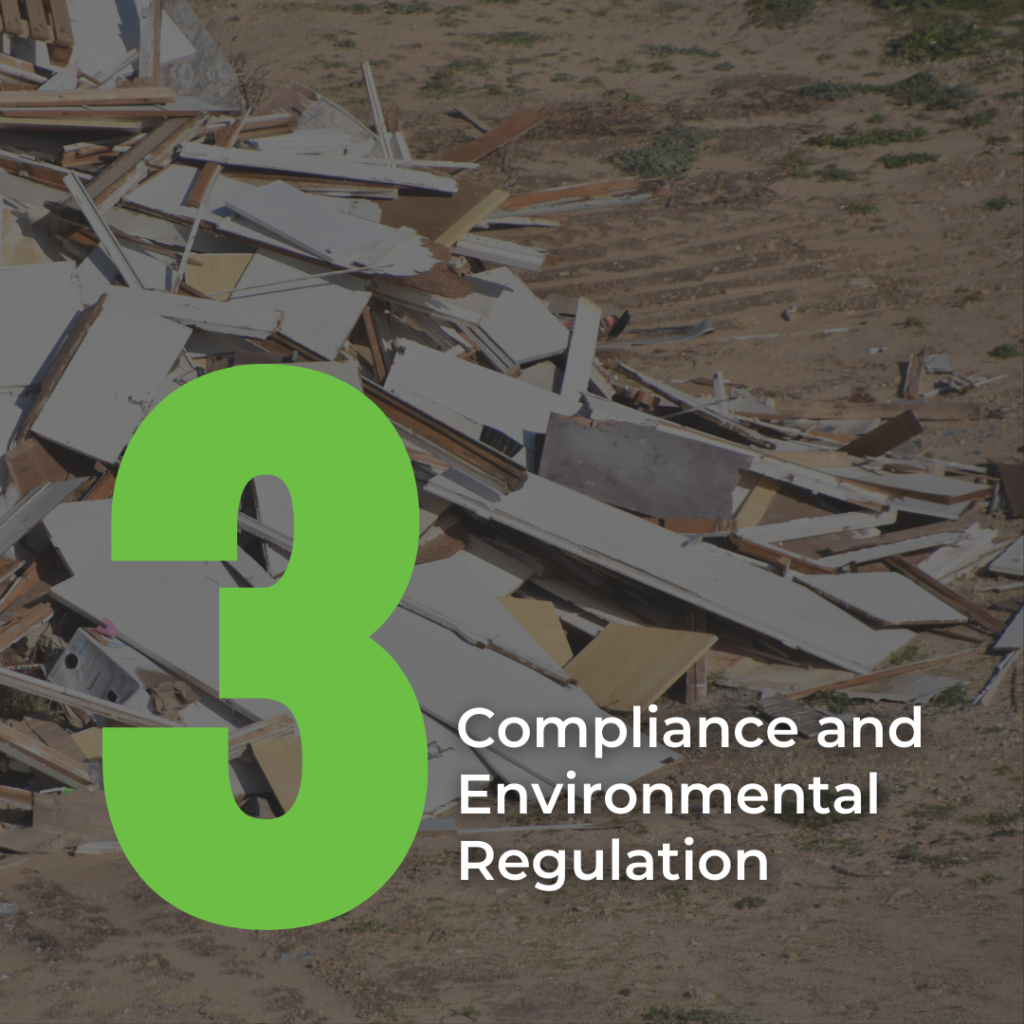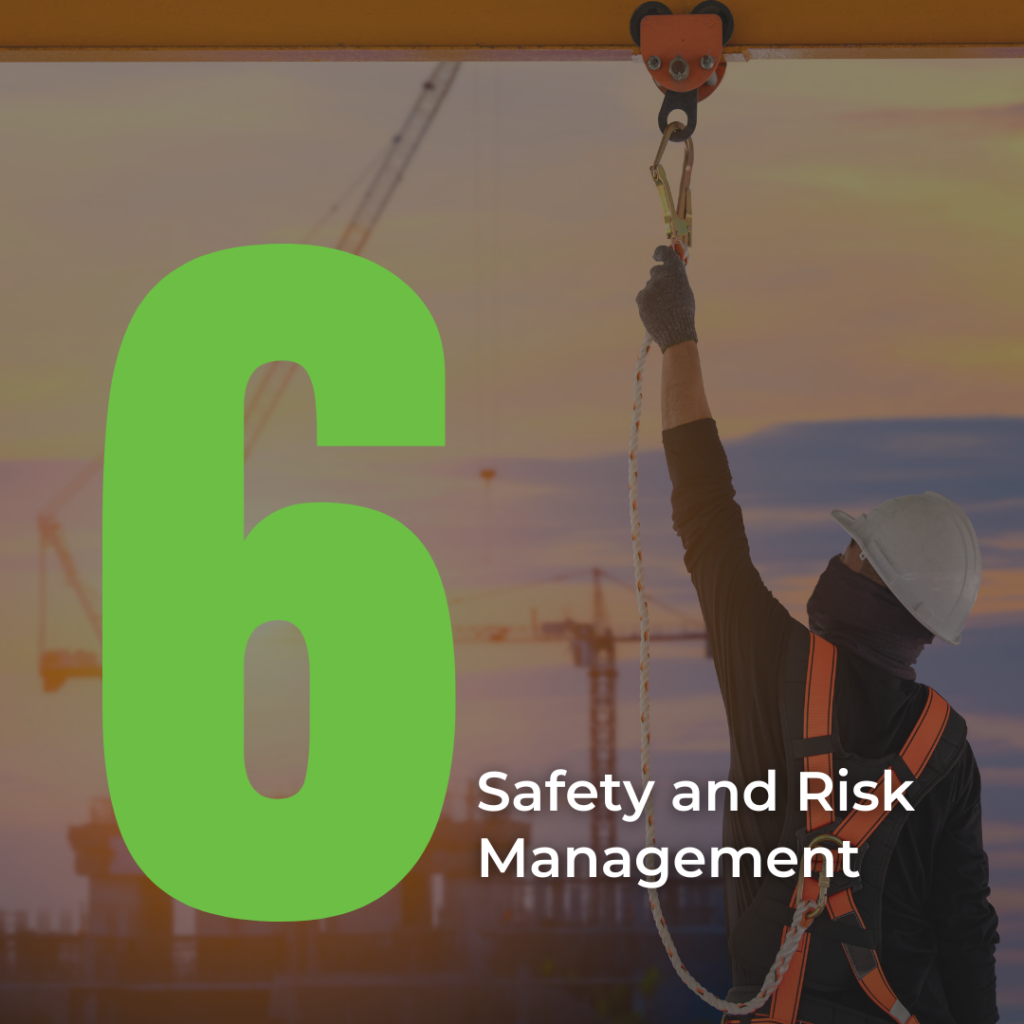
In 2023, the construction industry largely stabilized compared to previous years. Although the industry has not returned to pre-pandemic norms, costs and supply chains have become more predictable and easier to navigate. This trend, along with robust project pipelines, has led many to forecast 2024 as a rebound year for the industry.
However, despite the positive outlook, 2024 still promises to present its fair share of construction industry challenges for businesses, especially project managers. Here are the top 6 challenges in construction that project managers can expect to face in 2024.

1. Costs and Project Overrun
Managing costs and project timelines isn’t a new challenge for construction project managers. One study found that over 91% of construction projects either go over budget or over schedule, sometimes even both. The common culprits?
- Rising costs of materials and labor
- Changes in designs and client demands
- Unpredictable weather conditions
- Unrealistic estimates to win bids
- Scope creep
In 2024, these challenges will remain at large. While construction project managers can anticipate a stabilization of the cost volatility that characterized much of the COVID era, they should still prepare for a moderate increase in overall costs throughout 2024.

2. Slow Technology Adoption
New technologies, such as automated machinery, AI, and the Internet of Things (IoT), have the ability to help project managers become more agile and efficient, enabling quicker and more intelligent decision-making. That being said, implementing new technologies also presents its fair share of hurdles. Project managers will need to create thorough plans for implementation, upskill their teams, and learn how to use the new technology, all while monitoring integrations to ensure a seamless transition.
In general, the construction industry has been relatively slow to embrace technological innovations. To take full advantage of technological advancements, project managers must keep their pulse on a rapidly evolving technology landscape. They must also allocate ample budget and time to adopt and implement new technologies as they emerge.
One way to encourage technology adoption is to look for solutions that are easy to implement and use. Solutions that integrate with existing systems such as project management software and other previously established workflows are much easier to implement and serve as a great starting place.
Advanced construction camera systems that enable remote live viewing, collaboration features, and cloud-based storage of jobsite photos and footage find their way onto jobsites more commonly. These features assist with cost mitigation, scheduling, labor shortages, risk management, and compliance.

3. Compliance and Environmental Regulation
Compliance with government regulations is an ongoing challenge for construction project managers who must perpetually stay current on the latest regulatory updates. Compliance challenges range from tracking regulatory changes to documentation and record-keeping to communication gaps between managers and their teams.
In 2023, the OSHA made updates to both their Hazard Communication Standard and their Improve Tracking of Workplace Injuries and Illnesses Final Rule. This year also saw a growing emphasis on improved sustainable construction practices, including updates to Green Building Policies.
The new year is sure to have its fair share of compliance and regulatory updates and revisions. Construction managers will be tasked with staying up to date with these changes as well as documenting their efforts to prove compliance in the case of an audit. These efforts can require significant time and resources. Managers who find ways to streamline and automate documentation will be a step ahead of other firms in reducing the costs of compliance and the risk of non-compliance.

4. Communication Hurdles
Communication is one of the main responsibilities of project managers, accounting for an estimated 90% of their time and focus. Strong communication between managers, their teams, and key stakeholders is integral to a successful construction project. Some common communication hurdles expected in 2024 include:
- Remote communication
- Safety communications
- Documentation and record-keeping
- Feedback loops
- Change management
- Stakeholder alignment
- Language barriers
Poor communication due to these challenges can lead to project delays and misunderstandings. Project managers will need to ensure they have proper plans to enable strong communication channels throughout the entirety of a construction project.

5. Labor Shortages and Workforce Management
In 2023, the construction industry struggled with a significant labor shortage due to several factors including an aging workforce, residual impacts from the pandemic, competition from other industries, and rising demand for skilled labor to accommodate advances in technology. Associated Builders and Contractors estimated that the construction labor shortage topped over half a million in the first quarter of 2023, and these shortages are expected to continue into 2024. The same study also estimates that the industry will need to bring in about 342,000 additional workers on top of the standard hiring numbers to meet demand throughout the year.
This trend poses significant challenges for project managers who will need to ensure not only adequate workforce numbers but that they are also upskilling their teams to be able to meet the demands of their projects.

6. Safety and Risk Management
On the jobsite, risk comes in many forms: safety, material and equipment theft, and weather delays and damage. Unfortunately, construction injury rates are 71% higher than all industries, on average.
Poor risk management can result in projects exceeding their budget and experiencing delays. To manage risk, project managers must adapt to new safety regulations and maintain and enforce high safety standards at their sites.
The risk of theft on construction jobsites is also increasing. With materials so expensive and hard to come by, they’re a prime target. In some areas of the country, firms are reporting single-day losses of $10,000 or more in materials, much of which is lumber.
To mitigate the various types of risk on the jobsite, construction firms must implement 24/7 surveillance while maintaining impeccable documentation to aid with any police investigations, should an incident occur. Such documentation will be necessary to justify delays and budget increases caused by worker absences, missing materials, and weather, as well.
How Can Construction Cameras Help?
With advanced construction cameras on the jobsite, project managers and other project stakeholders can monitor projects remotely via a browser-based interface. They can check in at any time to monitor a project’s progress, verify deliveries, monitor weather conditions, and spot-check crews for compliance with OSHA guidelines. Remote live viewing eliminates the need to travel to the jobsite, saving time and money. With anywhere access and a multi-project dashboard, you can easily keep a pulse on all your projects and catch mistakes before they become costly rework. Photos and video footage can also be easily shared with other stakeholders to improve collaboration and accelerate decision-making. This not only helps keep projects on track, but also gives stakeholders immediate insight into anything that may impact the budget or overall project schedule.
Cameras help to improve productivity, as well. Their mere presence on the jobsite encourages workers to be productive and comply with rules and regulations. Footage can also be leveraged for training new and existing employees on procedures and protocols.
Construction cameras provide 24/7 surveillance to mitigate the risk of trespassing and theft during the day and after hours. Advanced systems like TrueLook’s offer intelligent security features such as motion alerts and infrared capability. These features make it easier to document incidents and identify perpetrators and can even be combined with professional monitoring services to help meet common Builder’s Risk Insurance requirements Photos and video footage are automatically uploaded to the cloud for safekeeping and easy retrieval, in case of audits and investigations.
A Lens into the Future
The outlook into 2024 is largely positive for the construction industry, which is expected to stabilize and trend towards normalization. Costs and supply chains are anticipated to be far more predictable and far less volatile, with project pipelines remaining full. That being said, construction project managers will still face their fair share of challenges ranging from communication hurdles to risk management to adapting to regulatory changes as well as new technologies.
The good news is that as technology advances, there are also new and exciting opportunities to find efficiencies that will help project managers manage their sites more effectively.
TrueLook Construction Cameras is a great place to start. Schedule a live demo today to learn more about how TrueLook can help optimize costs, mitigate risk, safeguard timelines, and help provide a full circle of communication with all stakeholders all while seamlessly integrating with the project manager platforms that you already use.
Success Story:
TrueLook x Procore Integration
Learn how Harper General Contractor’s boosted stakeholder engagement by enabling 1-Click Access to TrueLook within Procore.


